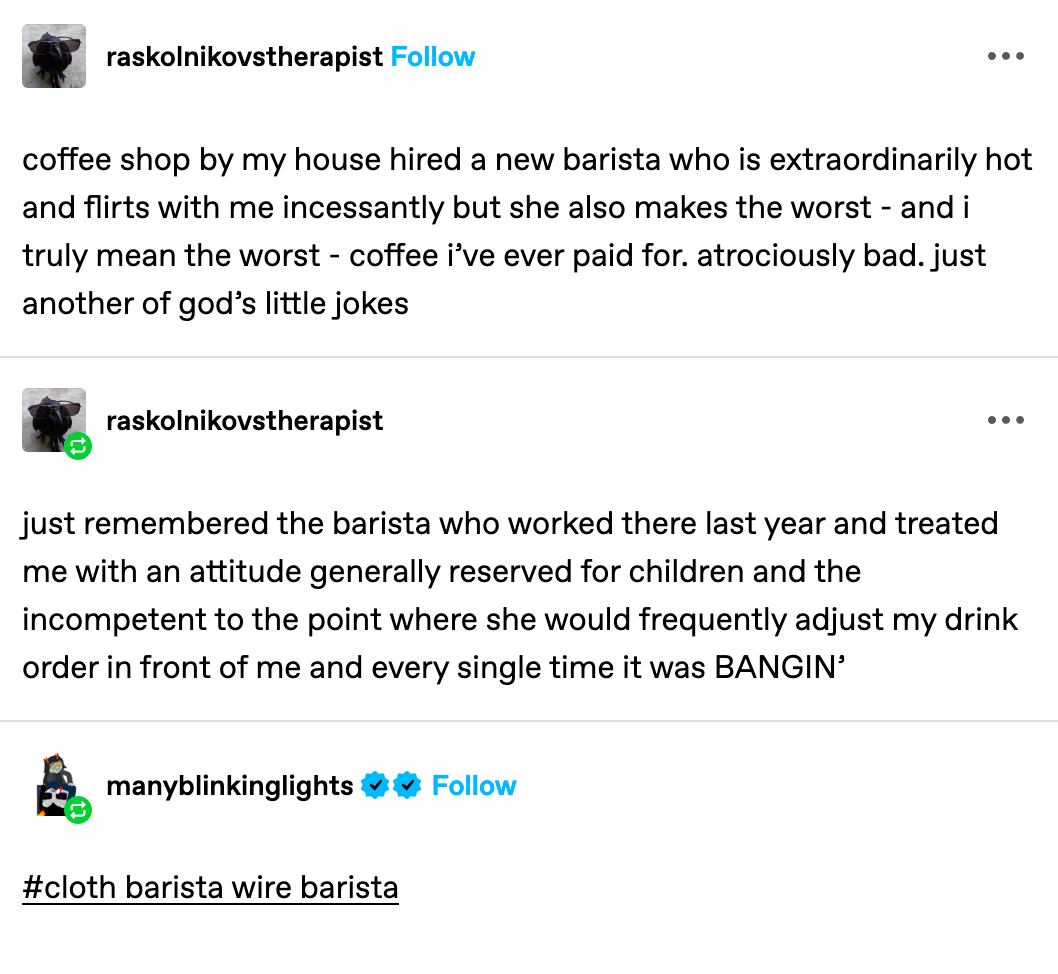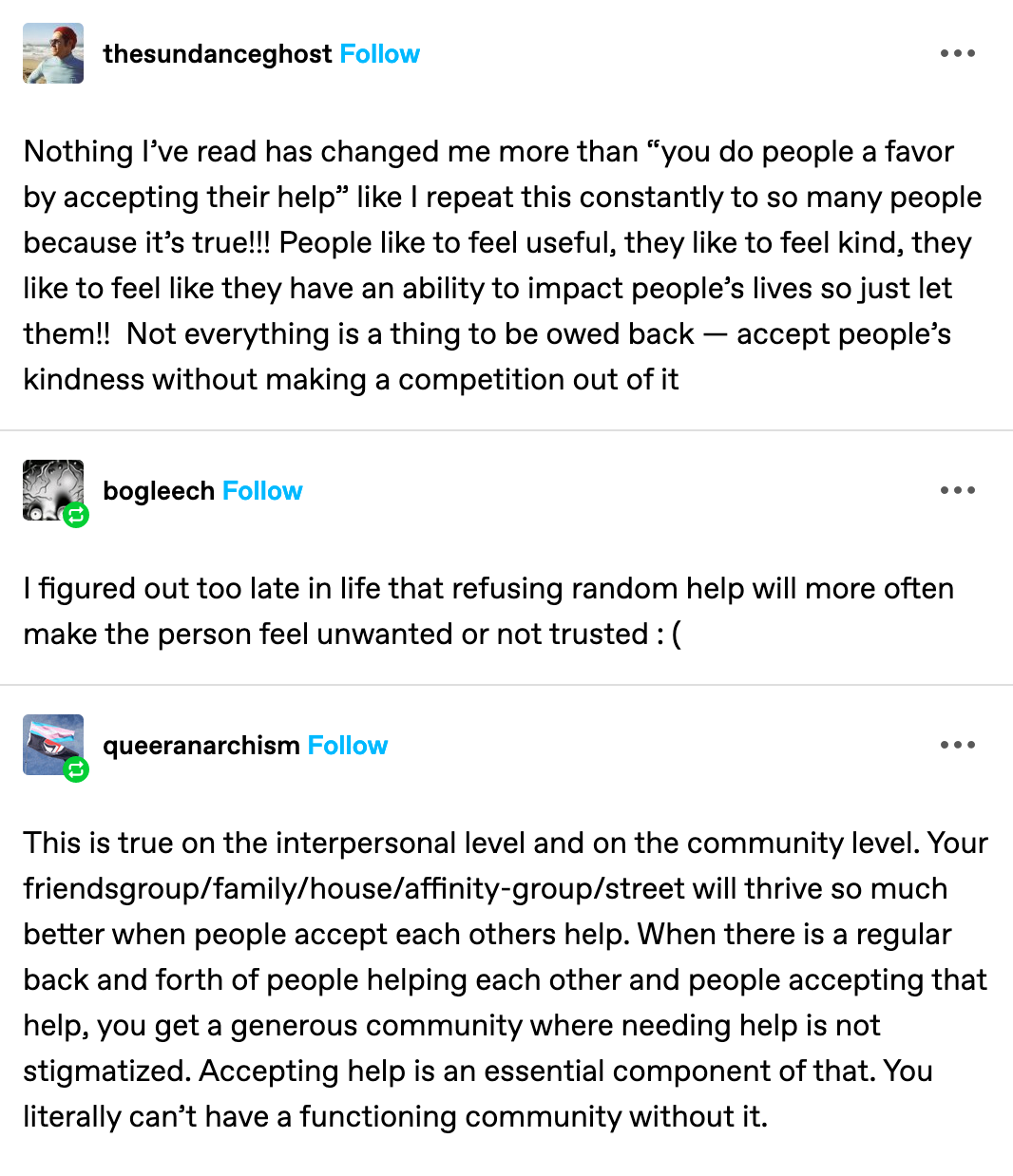If you want to support our work you can send us a tip here:
our fave long(er) reads:
The Algorithm is a Lie: Debunking One of the Biggest Myths About Netflix and Streaming
by
What it’s asking: Where did the idea of the All Knowing Netflix Algorithm come from & what is that idea doing to the industry? (And, what’s the truth behind “the algorithm”?)
Favorite quote:
“…remember that an algorithm (or model) only works by using past data to predict the future. So ask yourself, how many episodes or TV shows could this even apply to where an algorithm could even give this note? Even if you come up with examples, now you need to separate the sitcoms from the dramedies from the surreal sci-fi explorations.
…Ask yourself, what’s more likely: that Netflix has an algorithm says to not do something…or some development exec lied to the filmmaker he’s working with, blaming the algorithm for his notes instead of his own creative instincts?
and the follow up piece:
The Algorithm is Still a Lie Debunking (Yet Again) One of the Biggest Myths of the Streaming Wars
by
Favorite quote:
Basically, figuring out which documentaries had an “All is Lost” moment versus which ones didn’t, and then pinpointing where that “All is Lost” moment happened in the documentary (was if 50% of the way through? 65%? 80%?), then seeing which films performed better is just won’t provide statistically meaningful results, if the data even exists. There’s just not a big enough dataset to find this correlation.
Second, algorithms are no where close to even figuring out what would constitute an “All is Lost" moment! Maybe someday in the future, but not with our current level of technology.
But don’t take my word for it. The “All is Lost” moment is nothing new! I know, because this recommendation actually comes from the human-written 2005 screenwriting book, Save the Cat.
How To Watch A Movie by
What it’s asking: How do the ways we engage with a medium obscure or enrich what it’s trying to communicate to us?
Favorite quote:
…these questions approach film as film rather than scripts and screenshots (an approach that is all-too-popular online and—in my own experience—in far too many classrooms). Thinking about film-as-film is not only an academic exercise, but a necessary practice in visual literacy. Perhaps most importantly, it is a recognition of the labor input required of filmmaking, a recognition of editors and sound designers and lighting designers as individuals acting on their creative intent.4 To “consume content” is to fetishize a film into this abstract, unborn thing that was not “made,” but simply “exists.” Not only does this write off the really, truly marvelous feat of cooperation that filmmaking requires, but it makes these decisive acts of intent appear to be either natural states or unintended coincidences. Everything in a frame is included or excluded for a reason, and even if we do not actively dissect this as we watch, we still respond to the moods and sensations that technical filmmaking creates.
The Not So Hidden Israeli Politics of 'The Last of Us Part II' by Emanuel Maiberg (Vice)
What it’s asking: How is power ignored and rewritten when we view conflict out of context? How does the idea of “cycles of violence” obfuscate harm done by oppressors?
Favorite quote:
This common, centrist position on violent conflict, while better than absolute dehumanization, is not coincidentally a world view that allows conflicts to drag on forever. Suggesting moral equivalence and a symmetry in ability between sides also invites us to throw up our hands and give up on better solutions because of implied and unexamined perceptions about "human nature." Indeed, the game is unrelentingly cynical, and this cynicism animates most of the 30-odd hour experience. Whereas Abby and Ellie find interpersonal resolution at the end, the game seems content to leave the question of community-scale cycles of violence as a regrettable fact of human existence. Even if the Wolves and Scars meet their mutual end, the game leaves us with the knowledge that a resistance group from the first game, the Fireflies, and other groups, are regrouping and gaining strength. The cycle continues.
our picks from instagram:
bookmarked this one for those days when the world seems way too shitty and we can’t figure out what to do about it. Blank version on slide two!
quick dose of AI skepticism for your friday.
our picks from everyone’s favorite obsolete microblogging platform:
(yeah, Steph’s still on tumblr. no one tell her that’s an embarrassing thing to publish.)
much to think about dot billie ray cyrus tweet dot png, etc.
speaking of stronger community:
take action: send emails to your representatives demanding they stand against every bill funding the current Palestinian genocide.
We’ve chosen not to offer paid subscriptions for this project. The short version is: we don’t want monetary support for our work to fund anti-trans and white supremacist newsletters on Substack which is, unfortunately how this platform currently operates. If you want to support our work you can send us a tip here:








